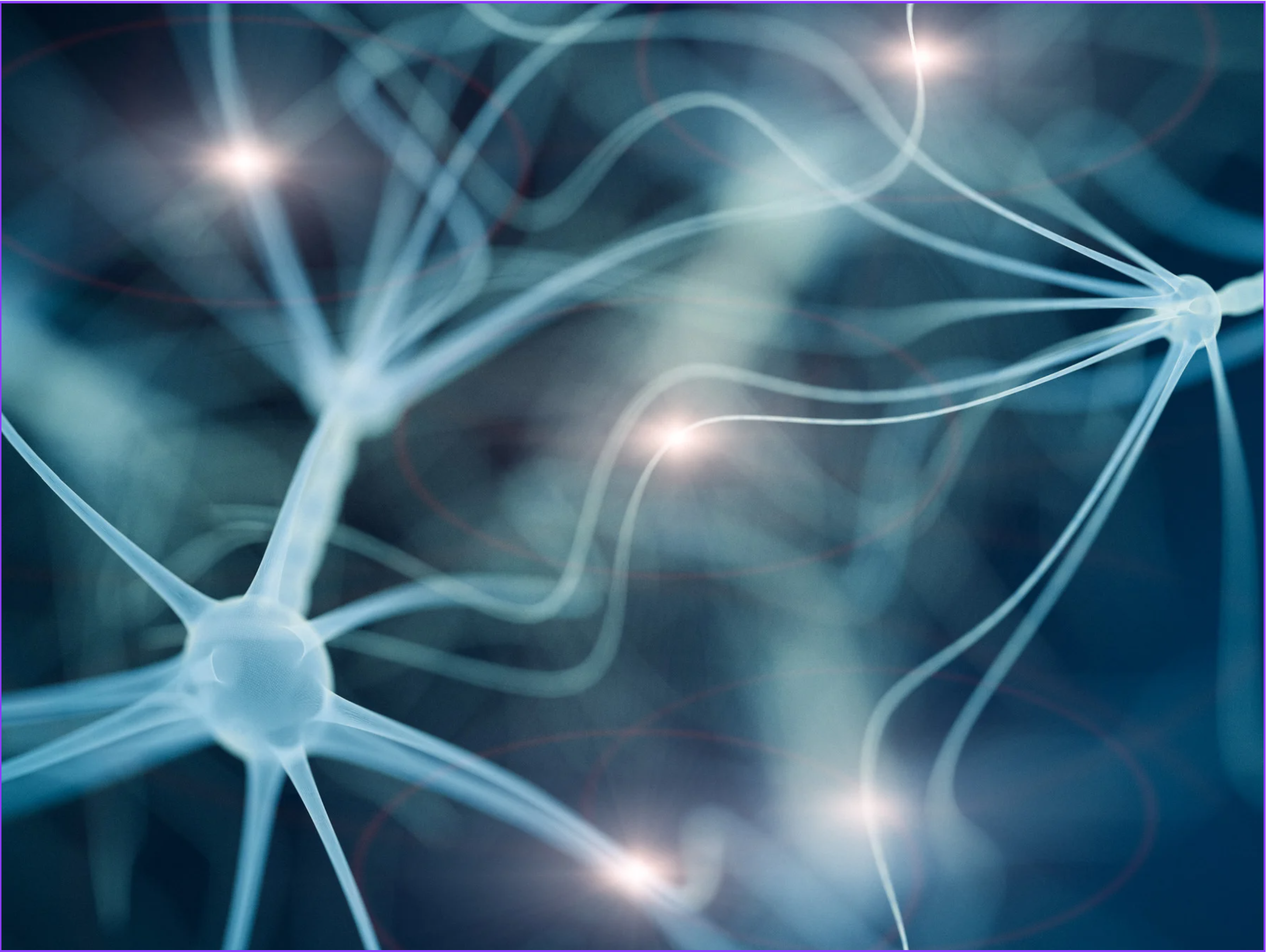Understanding Neurodevelopmental Senescence in Down Syndrome
Recent research into Down’s syndrome has revealed an intriguing and abnormal phenomenon: an aging-like process known as senescence. Typically associated with aging and neurodegenerative diseases like Alzheimer’s, senescence is now being observed in the development of individuals with Down syndrome.
Down Syndrome: A Multi-Organ Disorder
Down syndrome is a complex condition that affects multiple organs with varying degrees of severity. Among these organs, the brain is particularly susceptible to the effects of the extra chromosome 21. This susceptibility manifests in universal intellectual disabilities, delayed brain development, and distinct craniofacial features.
The Brain’s Cellular Composition
The adult brain is primarily made up of four types of cells:
- Neurons: These are the brain’s functional cells, responsible for processing and transmitting information.
- Astrocytes: Supporting cells that provide nourishment and oxygen to neurons and connect them to blood vessels.
- Oligodendrocytes: These cells myelinate neurons, ensuring efficient communication.
- Microglia: The immune cells of the brain, which maintain its health by surveilling and responding to any issues.
Neurons, oligodendrocytes, and astrocytes originate from neural progenitor cells, which are crucial during brain development. In individuals with Down syndrome, these progenitor cells are dysfunctional. This dysfunction leads to abnormal brain development, particularly in the cortex and hippocampus—regions essential for learning, memory, and cognitive processing.
Cellular Dysfunction in Down Syndrome
Research has shown several key issues at the cellular level in Down syndrome:
- Cell Proliferation: During mid-gestation, cells with an extra chromosome 21 divide more slowly than typical cells. This slower division impacts overall brain development.
- Cell Differentiation: There is an imbalance in the differentiation of neural progenitor cells, resulting in an excess of glial cells and a deficit of neurons, which alters brain function.
- Cell Migration: Proper brain development requires cells to migrate to specific cortical layers. This process is disrupted in Down syndrome, leading to improper brain structure.
The Molecular Mysteries of Down Syndrome
Despite understanding the cellular and organ-level impacts of Down syndrome, the molecular mechanisms remain unclear. Advances in next-generation sequencing technology have revealed that the extra chromosome 21 not only disrupts its own genes but also causes widespread changes in gene expression across the genome.
What is Senescence?
Senescence is a process typically associated with aging. It was first described by Leonard Hayflick in 1961, who discovered that cells can only divide a limited number of times before they stop, a state termed as senescence. This state is detrimental to both individual cells and overall tissue health.
Hallmarks of Down Syndrome
Key features of Down syndrome include mitochondrial dysfunction and increased DNA damage. One significant issue is the premature exit from the cell cycle, which is linked to developmental delays in the brain.
Since 1961, it has been established that various factors can induce senescence, including aging, replicative exhaustion, oncogenes, oxidative stress, radiation, and chemotherapy. Interestingly, individuals with Down syndrome exhibit higher levels of mitochondrial dysfunction, highlighting an intricate interplay between the nucleus and mitochondria that is now being actively researched.
Potential Therapeutic Approaches
Neural progenitor cells with trisomy 21 are becoming senescent, a phenomenon originally described in aging. Researchers have identified drugs that target senescence to treat age-related disorders such as Alzheimer’s and Parkinson’s diseases. A promising combination of Dasatinib, a tyrosine kinase inhibitor, and Quercetin can remove senescent cells and ameliorate some of the associated molecular features.
The learning and memory disabilities in individuals with Down syndrome are closely tied to brain hypocellularity, which results from deficits in cell proliferation, altered differentiation, and migration issues. Understanding and addressing these cellular and molecular dysfunctions could pave the way for new therapeutic strategies, offering hope for improved cognitive outcomes in Down syndrome.
















